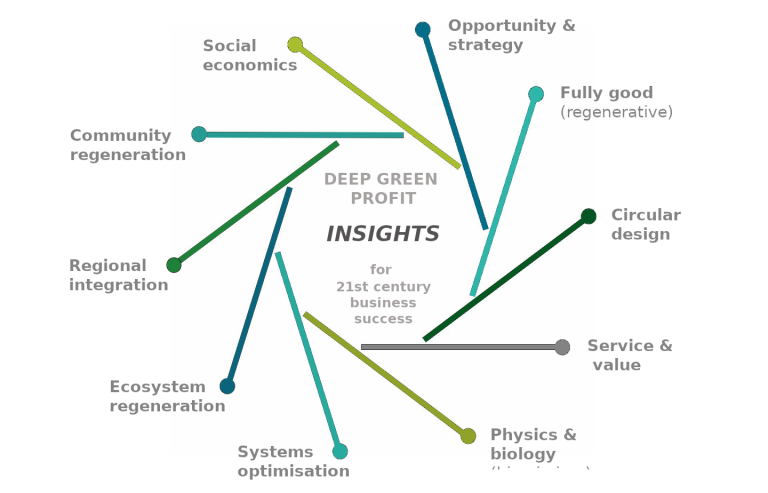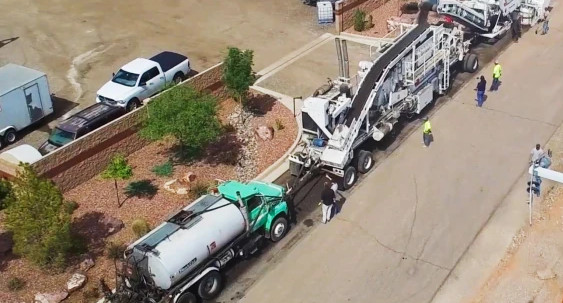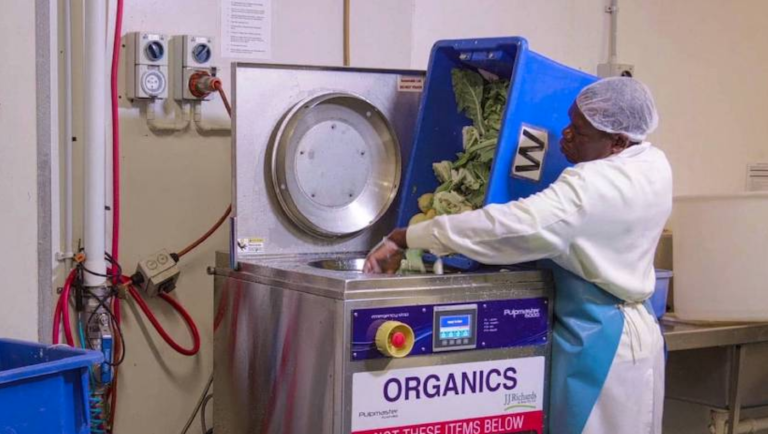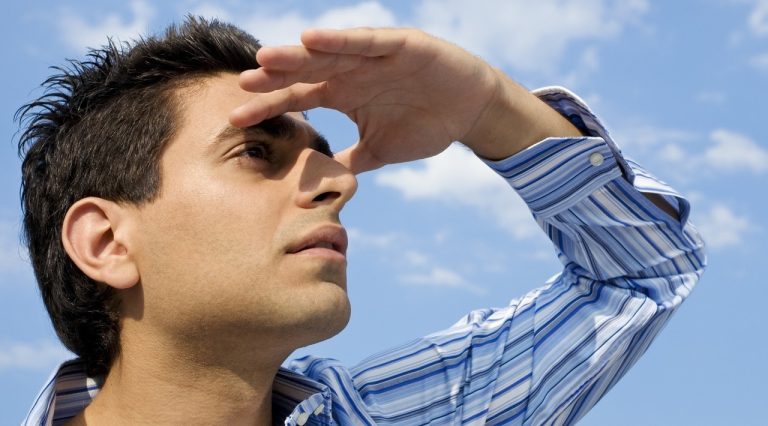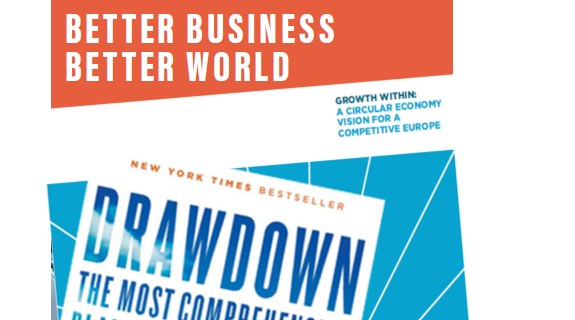Flowers, oysters and regenerative thinking in action
There have been some fascinating examples of regenerative thinking in action through my Inbox recently.
Here are a few that illustrate the great ways that rethinking systems and technologies delivers profit, community benefit and environmental benefit.
Innovators are applying physics and biology, not just engineering
Native oyster beds are being regenerated in South Australia, not only improving the coastal ecosystem, but also sequestering carbon in the oyster shells. The project will draw the native mud oyster away from extinction while utilising their “capacity to increase marine biodiversity, clean coastal waters, enhance neighbouring seagrass, reduce coastal erosion, and even slow the rate of climate change”.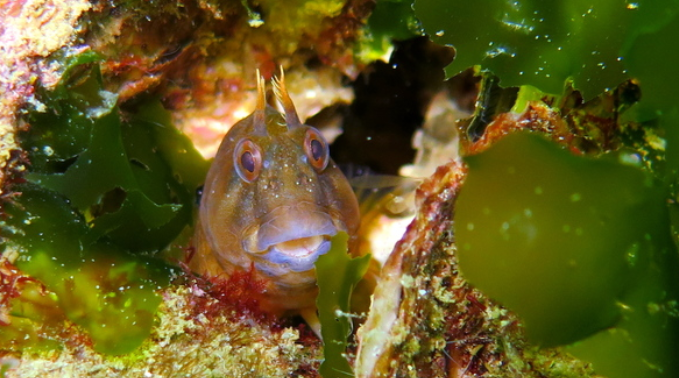
Wastes are being upcycled in fascinating ways
Entrepreneurs in India are upcycling ceremonial flowers into incense and soap while creating local jobs. The upcycled products are also used for ceremonies, so local concerns about appropriate use are satisfied.
Waste oyster shells from restaurants in Mobile, Alabama are being returned to the sea to rebuild reefs, diverting tonnes of waste from landfill.
3D Ocean Farming – multiculture beats monoculture
In Connecticut, ocean entrepreneur Bren Smith is developing an ocean farming system that delivers multiple food products, carbon sequestration, improved water quality, biofuel and ecosystem regeneration.
By seeking diversity and taking a whole systems approach, Greenwave won the 2015 Fuller Challenge for his new approach to aquaculture. (And isn’t it awesome that there were 400 other entries that he triumphed over.)
Inquiries for opportunity seekers
What are our local wastes and our local needs? What “wastes” are hidden resources? What local ecosystems and economies would benefit from regeneration?
Where are we still using 20th century technologies based on chemical and/or mechanical engineering? If we explored Nature’s design thinking, what smarter ways could we find to solve problems?
Where are we intently focused on a single process, ignoring the system it belongs to, its stocks, flows and feedback loops? If we explored our region as a system, with the goal of multiple “products” and multiple “benefits” what might we see differently?

